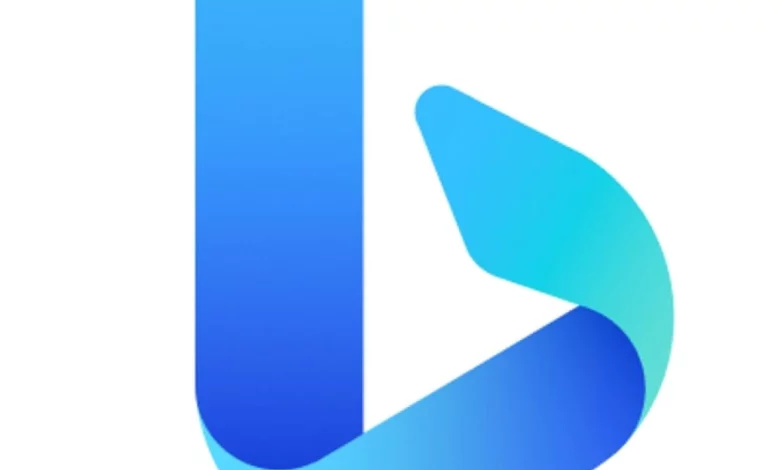Microsoft Bing

Microsoft Bing is a web search engine developed by Microsoft Corporation. It was launched in 2009 as a successor to Microsoft’s previous search engine, Live Search. Bing offers a variety of search services, including web, video, image, and map searches.
Bing’s search results are generated using a combination of algorithms and human input. Bing’s algorithm takes into account factors such as the relevance, authority, and popularity of a website, as well as the user’s location and search history. Bing also employs a team of editors who review and refine search results to ensure their accuracy and quality.
In addition to its search services, Bing offers a range of features, including Bing Maps, Bing Images, and Bing News. Bing Maps provides detailed maps and driving directions, while Bing Images offers a vast collection of images that can be filtered by size, colour, and other criteria. Bing News aggregates news from a variety of sources and allows users to search for news by topic, location, and date.
Bing is the second most popular search engine in the world, after Google. It is available in over 40 languages and is used by millions of people worldwide.
Microsoft and OpenAI
Microsoft has collaborated with OpenAI, a leading artificial intelligence research laboratory, on several projects related to natural language processing (NLP) and other AI technologies. Here are some examples of Microsoft Bing and OpenAI collaborations:
- AI language models: Microsoft has licensed GPT-3, a state-of-the-art language model developed by OpenAI, to improve the capabilities of Bing and other Microsoft products. GPT-3 is a deep learning algorithm that can generate natural-sounding language and is able to perform a variety of NLP tasks, such as language translation, text summarization, and question-answering.
- Deep learning for search relevance: Microsoft and OpenAI have collaborated on using deep learning algorithms to improve the relevance of search results in Bing. By training models on large datasets of search queries and user behaviour, the algorithms are able to better understand the intent behind queries and deliver more relevant results.
- Knowledge mining: Microsoft has used OpenAI’s technology to develop a knowledge mining system that can extract information from unstructured data, such as web pages and documents. This technology can be used to enhance the knowledge graph that powers Bing’s search results, making it more comprehensive and accurate.
Microsoft’s collaboration with OpenAI has enabled Bing to improve its natural language processing capabilities and deliver more accurate and relevant search results to users.